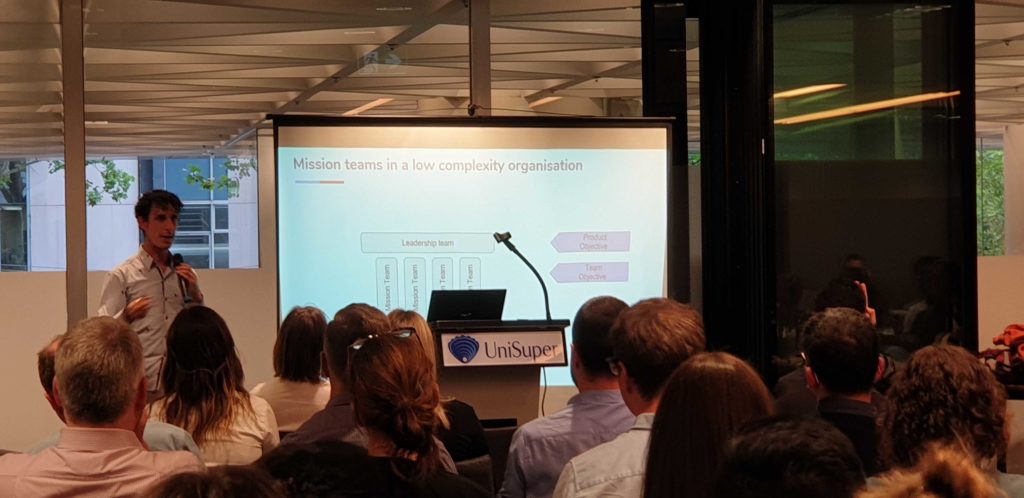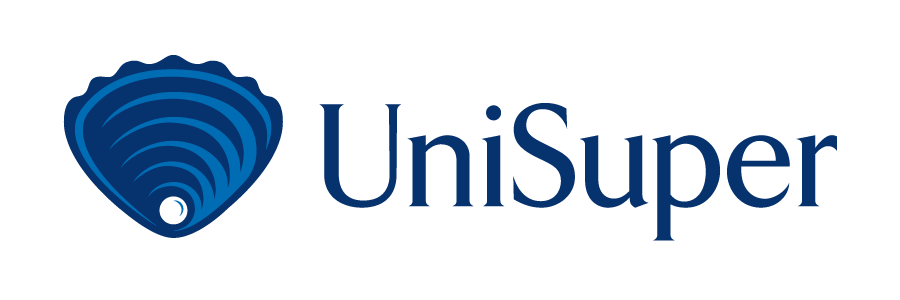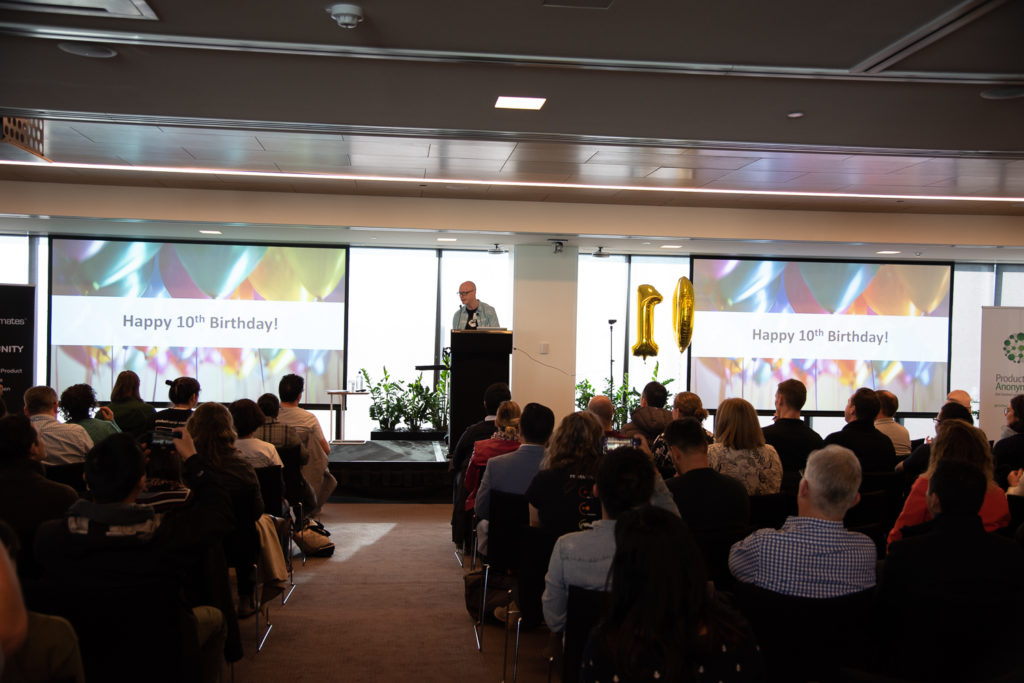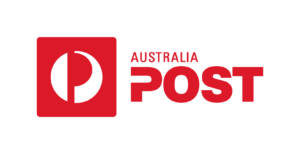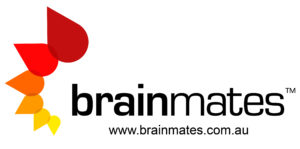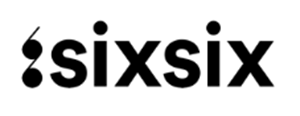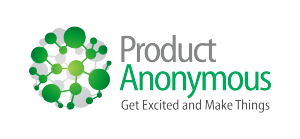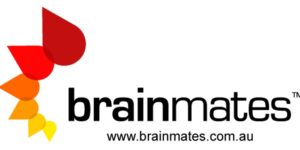We were super excited about our March event so it broke our hearts to reschedule Becoming (more) Brilliant with Impro. With things changing so quickly re: Covid-19 and new advice, it was most definitely the right answer. We will reschedule this session in the future.
So… we quickly decided to change the session into a roundtable discussion about our new reality of full-on remote working. A quick summary…
What were people enjoying about WFH?
- no commuting
- flexibility of the time as in being able to adjust hours
- home cooked meals
- ability to do chores at home during breaks
- pets!
What is challenging?
- Lack of whiteboard solutions
- Overhearing conversations in the office (bc often it’s very valuable customer feedback or something related to what you work on)
- Less time to focus because there are more meetings/catch-ups to make up for not being f2f
- Being paranoid about being seen as ‘online’ and thus available all the time aka PEN syndrome (please everyone now)
- Hard to see micro-expressions and the body language
- The distraction of text chat happening in the meeting room at the same time as the meeting (yes, this happens F2F also but easier to get distracted when virtual)
- If you didn’t have a remote team or WFH folks with a standard set of tools already, people have been receiving multiple invitations. This might feel like overload and could result in documents all over the place.
- While many of us thought we’d have MORE time to focus, we find there’s even LESS focused time now because you need to increase your communication and there’s so many channels to reach you that you get interrupted more. They can’t see you’re busy or focused so you need to better manage this. Which leads to maybe needing better expectations around work hours & response times.
What we are missing
- Spontaneous idea sharing
- Having an expert within earshot
- Water cooler conversations
- Random social interactions
- For those with kids at home… missing adult conversation
- Reduction in drinking water
- The commute – gives you time to think! To walk! To see people!
How to keep that social thing happening
- Virtual lunch with your team
- Friday pub drinks over Zoom
- Host a trivia quiz
- 3 minutes of squats every day virtually!
- Plant competition
- Leave a Zoom room running all day (ie water cooler chat)
- Acknowledge pets & kids joining calls
- Contests of best virtual background
- Making a conscious effort to reach out to individuals
Tools mentioned
- Krisp for filtering out background noise during your calls
- Mural & Jamboard (part of GSuite) for collaboration
- Milanote
- Miro (aka Real Time Board)
- Microsoft Teams
- Freehand by Invision
- Funretro.io
- Pomodoro technique
- For whiteboarding – Zoom & Teams
- BlueJeans – video conferencing

